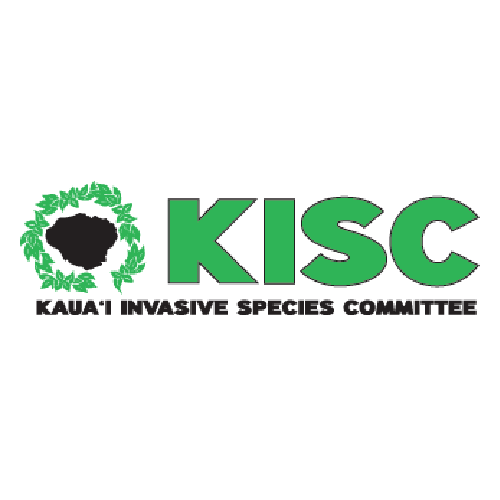Family: Lamiaceae
Clerodendrum trichotomum (harlequin glorybower, glorytree) is a deciduous shrub native to East Asia, the Phillipines and India. This plant is mostly known for its medicinal uses, such as treating dermatitis, as well as to address conditions such as hypertension, rheumatoid arthritis, joint pain, numbness, and paralysis. In a clinical trial involving 171 participants, it was observed that 81% experienced a significant drop in blood pressure; however, this effect was reversed upon discontinuation of the treatment. It is important to note that the berries are toxic to humans and animals if ingested. While it is naturalised in the Southeasten United States, New Zealand and possibly elsewhere, Clerodendrum trichotomum has not been observed to be naturalized on any Hawaiian Islands. This plant is shade tolerant and forms dense thickets, potentially leading to its spread and establishment in native habitats.
High Risk Traits:
- Broad climate suitability
- Grows in temperate to tropical climates
- Naturalized in SE United States, New Zealand and possibly elsewhere
- A weed of yards, landscapes and disturbed habitats
- A potential environmental weed
- Other Clerodendrum species are invasive
- Potentially allelopathic
- Unpalatable to deer and probably other browsing animals
- Berries and seeds are reported to be toxic to humans and animals if ingested; handling may irritate skin
- Shade tolerant
- Forms small thickets to dense stands through clonal vegetative spread
- Reproduces by seeds and vegetatively by suckering
- Primarily outcrossing, but may be able to produce some seeds through self-pollination
- Seeds dispersed by birds, other frugivores, possibly by water and intentionally by people
- Able to be spread in green waste
- Able to resprout after repeated cutting or freezing back
Low Risk Traits:
- Unarmed (no spines, thorns, or burrs)
- Herbicides may provide effective control




